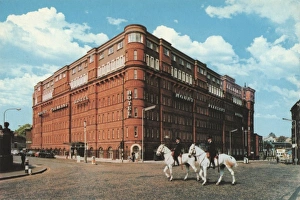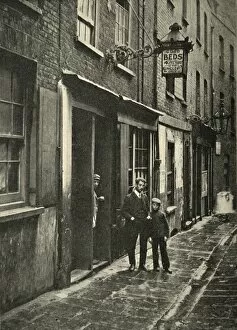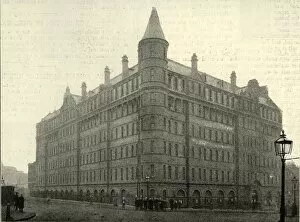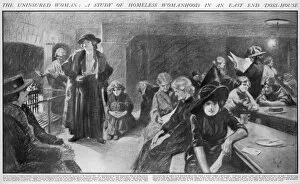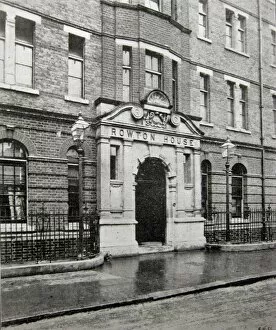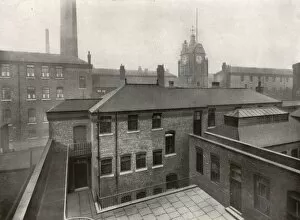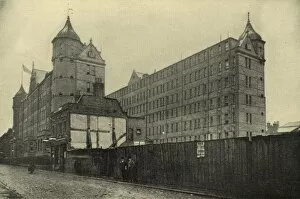Doss Collection
"Doss: A Glimpse into London's Historical Lodging Houses" Step back in time and explore the world of "doss" in London
All Professionally Made to Order for Quick Shipping
"Doss: A Glimpse into London's Historical Lodging Houses" Step back in time and explore the world of "doss" in London, where lodging houses provided temporary shelter for those seeking respite. From the iconic Mount Pleasant Hotel in Kings Cross to the East End Doss House, these establishments were a lifeline for many. One such refuge was the Rowton House on Fieldgate Street, Whitechapel, offering affordable accommodation to those struggling to make ends meet. In Hammersmith Road, West London stood another installment of this series of Rowton Houses, providing solace amidst bustling city life. Across the pond in New York City, lodgings akin to doss houses offered sanctuary for weary souls seeking shelter from harsh realities. These humble abodes served as a haven for individuals striving to find their footing in an unfamiliar land. The Salvation Army Shelter on Great Peter Street became a beacon of hope for countless homeless individuals who found comfort within its walls. Meanwhile, East End doss houses catered specifically to vulnerable women facing homelessness and adversity. Notably located near Kings Cross station was yet another Rowton House – a testament to the widespread need for affordable housing during that era. The fourth installment along Hammersmith Road continued this legacy by providing safe havens amid urban chaos. These doss houses played an integral role in supporting marginalized communities throughout history. They remind us of our collective responsibility towards ensuring everyone has access to basic necessities like shelter and warmth. As we reflect upon these historical landmarks and their significance today, let us strive towards creating inclusive societies where no one is left without a place they can call home.

